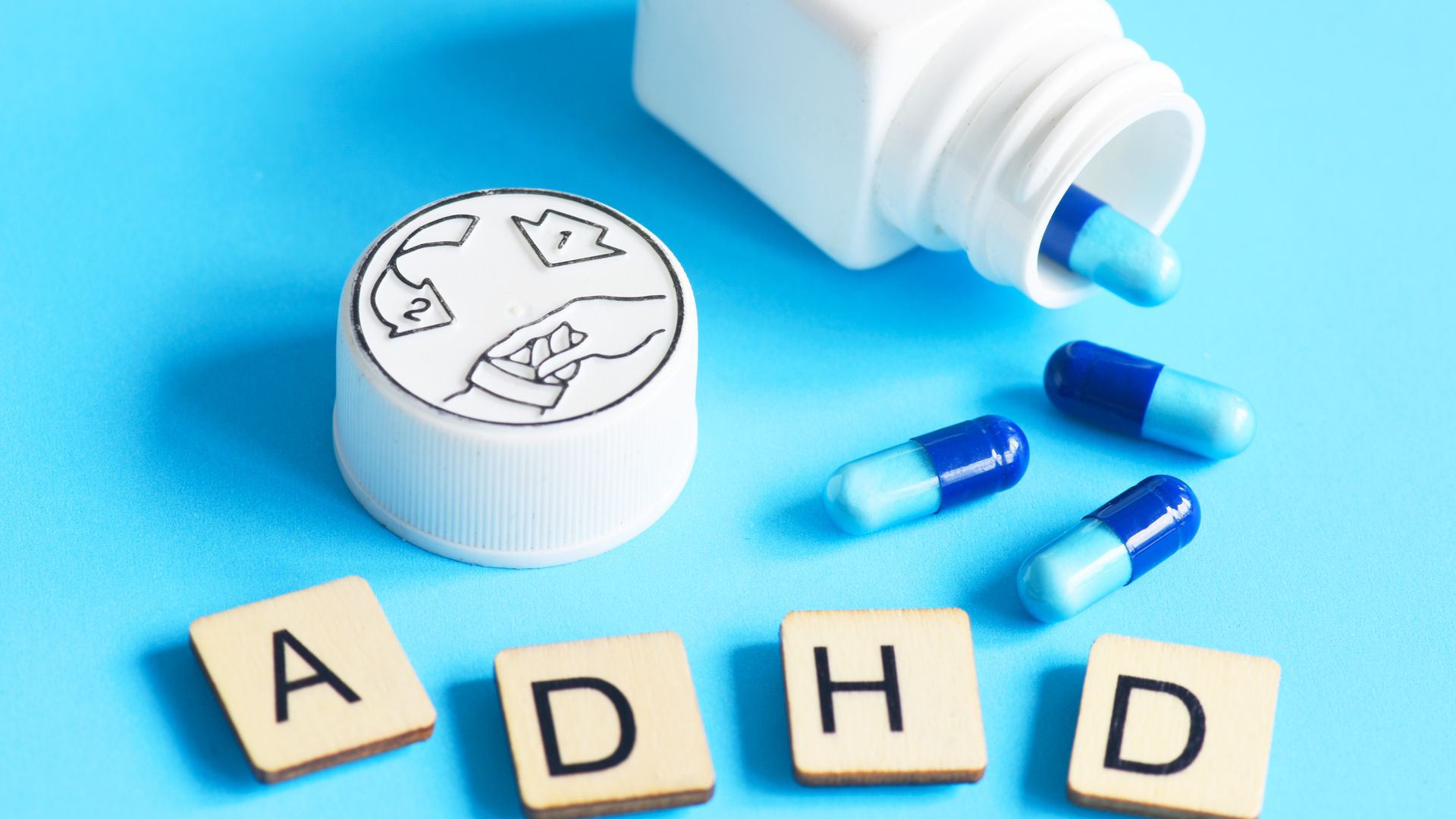
Karah Rucker
TAKING A HIGH DOSE OF A-D-H-D MEDICATION… INCREASES YOUR RISK OF DEVELOPING PSYCHOSIS OR MANIA BY *FIVE TIMES* – ACCORDING TO NEW RESEARCH.
THE LINK BETWEEN A-D-H-D MEDS AND THE RISK FOR PSYCHOSIS IS NOT NEW – A-D-H-D MEDICATIONS ARE AMPHETAMINES, WHICH INCREASE THE LEVELS OF DOPAMINE IN THE BRAIN…
DOPAMINE HELPS WITH THINGS LIKE MOTIVATION AND YOUR MOOD – AND HAS LONG BEEN LINKED TO THE POTENTIAL TO INCREASE PSYCHOTIC SYMPTOMS.
WHAT *IS* NEW IS THE DIRECT LINK BETWEEN DOSAGE AND THE LIKELIHOOD OF DEVELOPING PSYCHOSIS.
THE DISCOVERY COMES AS MORE AND MORE AMERICANS ARE TAKING THIS KIND OF MEDICATION.
A SEPARATE RECENT STUDY FOUND PRESCRIPTION RATES FOR AMPHETAMINES TO TREAT A-D-H-D WENT UP 30 PERCENT FROM 20-18 TO 20-22… JUST AMONG PEOPLE BETWEEN 20 AND 39 YEARS OLD.
IT WENT UP 17 PERCENT FOR THOSE 40 TO 49 YEARS OLD.
SO WHAT EXACTLY IS CONSIDERED A “HIGH DOSAGE” OF THIS KIND OF MEDICATION?
THAT DEPENDS ON THE SPECIFIC MEDICATION.
HARVARD RESEARCHERS LOOKED AT ADDERALL, VYVANSE, AND THE GENERIC MEDICATION DEXTROAMPHETAMINE (dex-troh-amphetamine).
FOR ADDERALL, A MEDIUM DOSE IS 20 TO 40 MILLIGRAMS… WHILE A HIGH DOSE IS ANYTHING OVER 40.
FOR VYVANSE… MEDIUM WOULD BE 50 TO 100 MILLIGRAMS AND HIGH WOULD BE MORE THAN 100.
AND GENERIC’S MEDIUM DOSAGE IS 15 TO 30 MILLIGRAMS – SO HIGH IS ANYTHING ABOVE 30.
I MENTION THE MEDIUM DOSAGES AS WELL, BECAUSE THE STUDY LINKED THAT TO A 3 POINT 5 TIMES HIGHER RISK OF DEVELOPING PSYCHOSIS.
RESEARCHERS ALSO LOOKED AT ANOTHER POPULAR A-D-H-D MEDICATION: RITALIN – WHICH IS *NOT* AN AMPHETAMINE – AND FOUND *NO* INCREASED RISK.
THEY SAY, BASED ON NATIONAL INSURANCE CLAIM DATA, ABOUT 6 PERCENT OF PEOPLE PRESCRIBED AMPHETAMINES FOR A-D-H-D ARE ON THE HIGHEST DOSE… WHILE 17 PERCENT WERE PRESCRIBED MEDIUM DOSES.
THE STUDY’S AUTHORS ALSO POINT OUT THAT EVEN THOUGH THESE DRUGS SIGNIFICANTLY INCREASE THE RISK OF PSYCHOSIS – THE ODDS OF IT ACTUALLY HAPPENING ARE STILL ABOUT ONE IN A THOUSAND.











